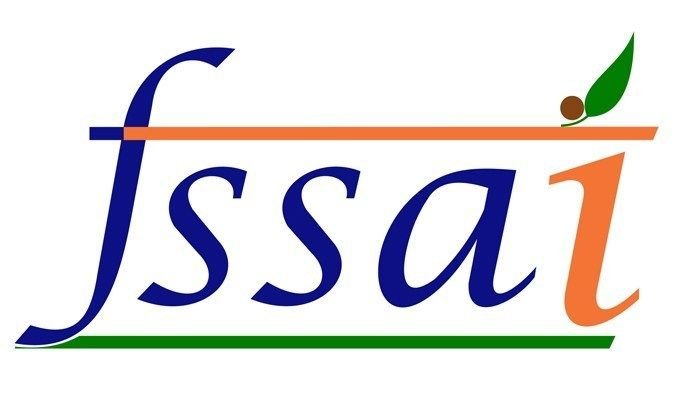Inside BENEO’s new pulse plant: pioneering sustainable protein from faba beans
Besides, general and specific requirement with respect to packaging materials, the regulations also prescribe overall migration and specific migration limits of contaminants for plastic packaging materials
FSSAI’s new packaging regulations have been notified this week. The new regulations replace all provisions w.r.t. packaging requirements prescribed in the Food Safety and Standards (Packaging and Labelling) Regulations, 2011.
Recognizing the importance of packaging in the food sector and its impact on food safety, the packaging regulations have been separated from the labelling regulations and a separate Scientific Panel for food packaging is planned.
Primary objective of packaging is to protect the food contents from microbiological, chemical, physical and atmospheric contamination and preserve the food and thereby protect consumer’s health. Good packaging also ensures that there is no change in sensory properties or composition of food when packed.
Packaging is essential and critical for promoting food safety, extended shelf-life and thereby enhancing food security.
Besides, general and specific requirement with respect to packaging materials, the regulations also prescribe overall migration and specific migration limits of contaminants for plastic packaging materials.
The regulations specify the suggestive list of packaging materials for different food product categories. As per these regulations, the packaging materials used for packing or storing the food products shall conform to the Indian Standards provided in the schedules.
These regulations address all concerns that came out of the two studies conducted by FSSAI recently through the Indian Institute of Packaging (IIP), Mumbai and the National Test House (NTH), Kolkata. Results of the studies are summarized below.
Result of National Survey on Food Packaging Materials (FPMs)
|
Focus / through Institute |
Failure (Overall and by packaging material) |
|
Migration of chemical contamination and heavy metals from packaging materials through Indian Institute of Packaging (IIP), Mumbai Total samples analysed- 1250 |
Organised Sector: 870 samples; Overall failure – 0.2% Only 2 Samples were found non-conforming in Overall Migration (Laminated pouch being used for Frozen fish & Plastic cap of PET Jar being used for pickles)
|
|
Unorganised Sector: 380 samples; Overall failure – 13.4%. 51 Samples were found non-conforming in Heavy metal contaminant (Plastic pouches/ Lid/ Closure/ Container/ Bottle/ Laminate/Bag etc., Woven Bag, Laminate, Al Foil etc.) |
|
|
|
No failure
|
|
Chemical contamination from loose packaging material through National Test House (NTH), Kolkata Total samples analysed- 1760 |
Less than 5 % failure in Overall Migration: Paper cups for ice creams (2.4%), Plastic glass with lids (3.2%), disposable plastic containers (0.9%), zip lock pouches (0.7%). |
|
More than 5% failure in Overall Migration: Coloured carry bags (80%), Black carry bags (59%), Disposable containers with Aluminium coating (24%), Sweet Boxes (21%), Paper plates (16%), Polythene pouches (11%), Plastic cup for Tea/Coffee (6%) & Plastic Spoons with Shiny coating (6%). |
These two studies had shown that the packaging material used by the organised sector is largely safe but there are concerns about the use of packaging material by the unorganised/informal sector.
Further, there are serious concerns about the safety of loose packaging material. Thus, these regulations prohibit packaging material made of recycled plastics including carrying bags for packaging, storing, carrying or dispensing articles of food.
Further, taking cognizance of the carcinogenic effect of inks and dyes, these regulations also prohibit the use of newspaper and such other materials for packing or wrapping of food articles and includes respective Indian standard for printing inks for use on food packages.
CEO, FSSAI, Pawan Agarwal pointed out that ‘the new packaging regulations would raise the bar of food safety in India to the next level. He pointed out that there would be difficulties in implementation of these regulations particularly as far as they relate to the loose packaging materials and to the unorganised sector’.
Thus, sufficient lead time has been given before the regulations come into force. The food businesses shall have to comply with these regulations by 1st July 2019. He added that stakeholder’s consultation and mass awareness building amongst consumers and food businesses would precede implementation of the new packaging regulations.

